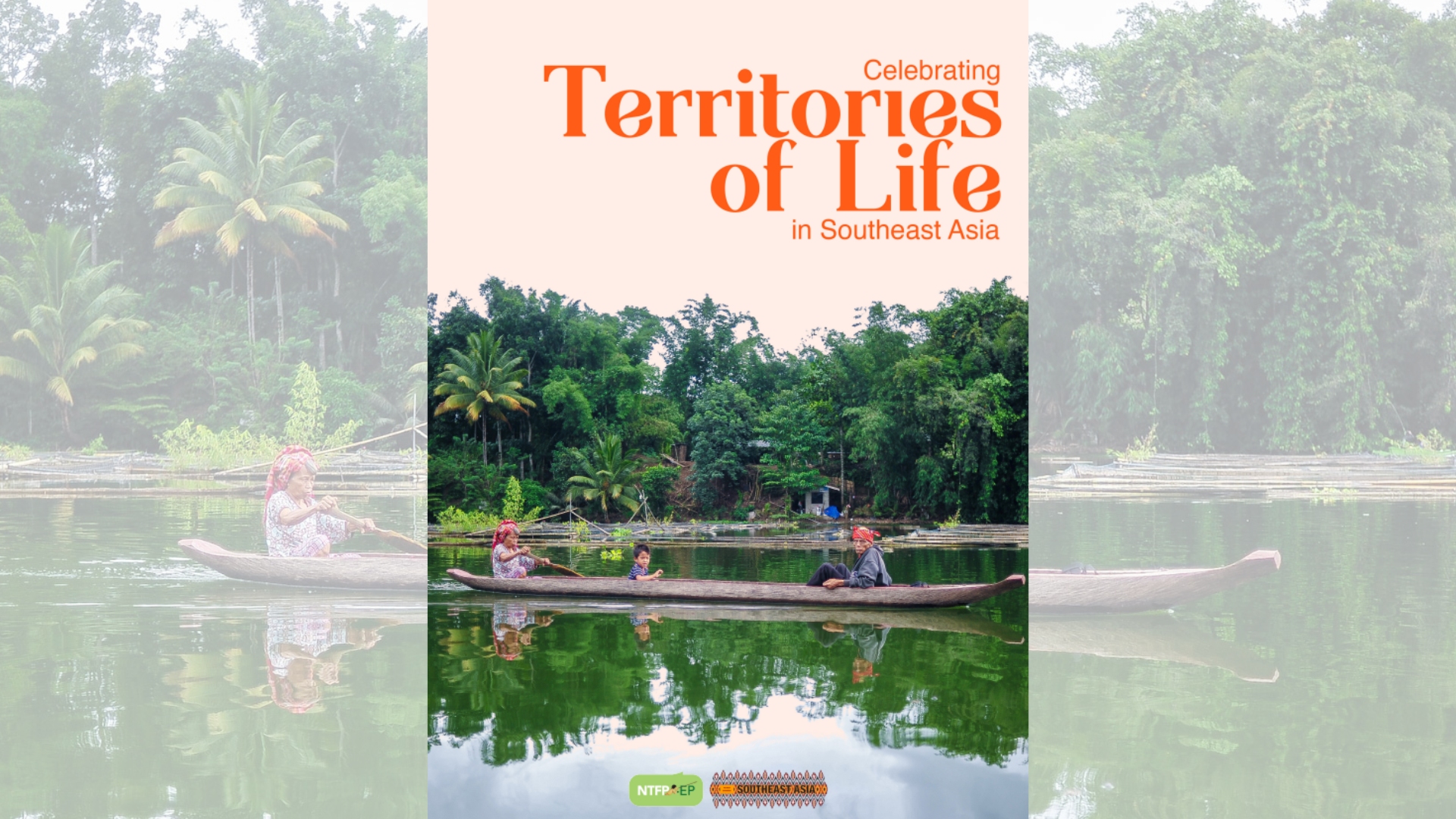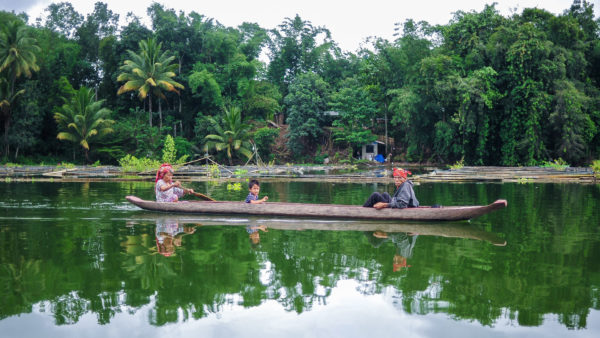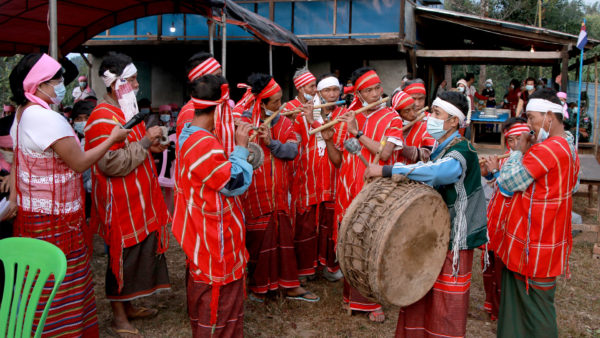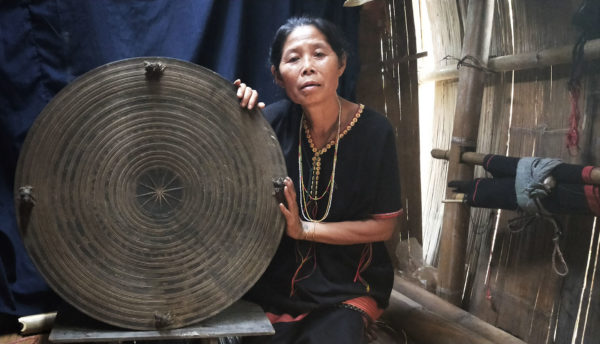The publication celebrates all the efforts of caring for and protecting Territories of Life against all odds. Not all the stories have a happy ending; in fact, many communities are still in the midst of their struggles for their land, for peace, and for life
First published on 06/22/2023, and last updated on 11/09/2023
Written by Maria Tanya Conlu (Honorary Member, ICCA Consortium; and the editor of Celebrating Territories of Life in Southeast Asia report)
Note: This article is from the report titled “Celebrating Territories of Life in Southeast Asia.” The text has been edited for the ICCA Consortium website.
There have been many publications on Indigenous Peoples’ and Local Communities’ Conserved Territories and Areas (ICCA) around the world, but none particular to the Southeast Asia region, where various ICCA initiatives have been thriving for over a decade. These initiatives have sprung from several entities at all levels – from communities to Indigenous Peoples’ organizations to non-government organizations and various loose and organized local and global networks, as well as key individuals who have all come together to push for Indigenous Peoples’ and local communities’ rights to self-determination and governance over their lands and waters.
This publication documents some ICCAs in Southeast Asia, where a breadth of experiences and examples can be modeled and learned by others. It compiles several stories of Indigenous Peoples documenting, defending, and sustaining their lands and resources. Territories of Life in Southeast Asia are so many and so diverse, and the cases presented in these chapters are only a handful of examples from the region. This also only covers the countries in Southeast Asia where ICCA Consortium members and partners are active, particularly in Indonesia, Malaysia, Myanmar, the Philippines, and Vietnam. It also includes a story from Cambodia, where Indigenous organizations are active and have signified interest in joining the movement.
This compilation celebrates all the efforts of caring for and protecting Territories of Life against all odds. Not all the stories have a happy ending; in fact, many communities are still in the midst of their struggles for their land, for peace, and for life. This work identifies the gaps and recommendations by communities and the organizations that support them for an enabling environment for ICCAs to thrive to ensure sustainability for life on Earth.
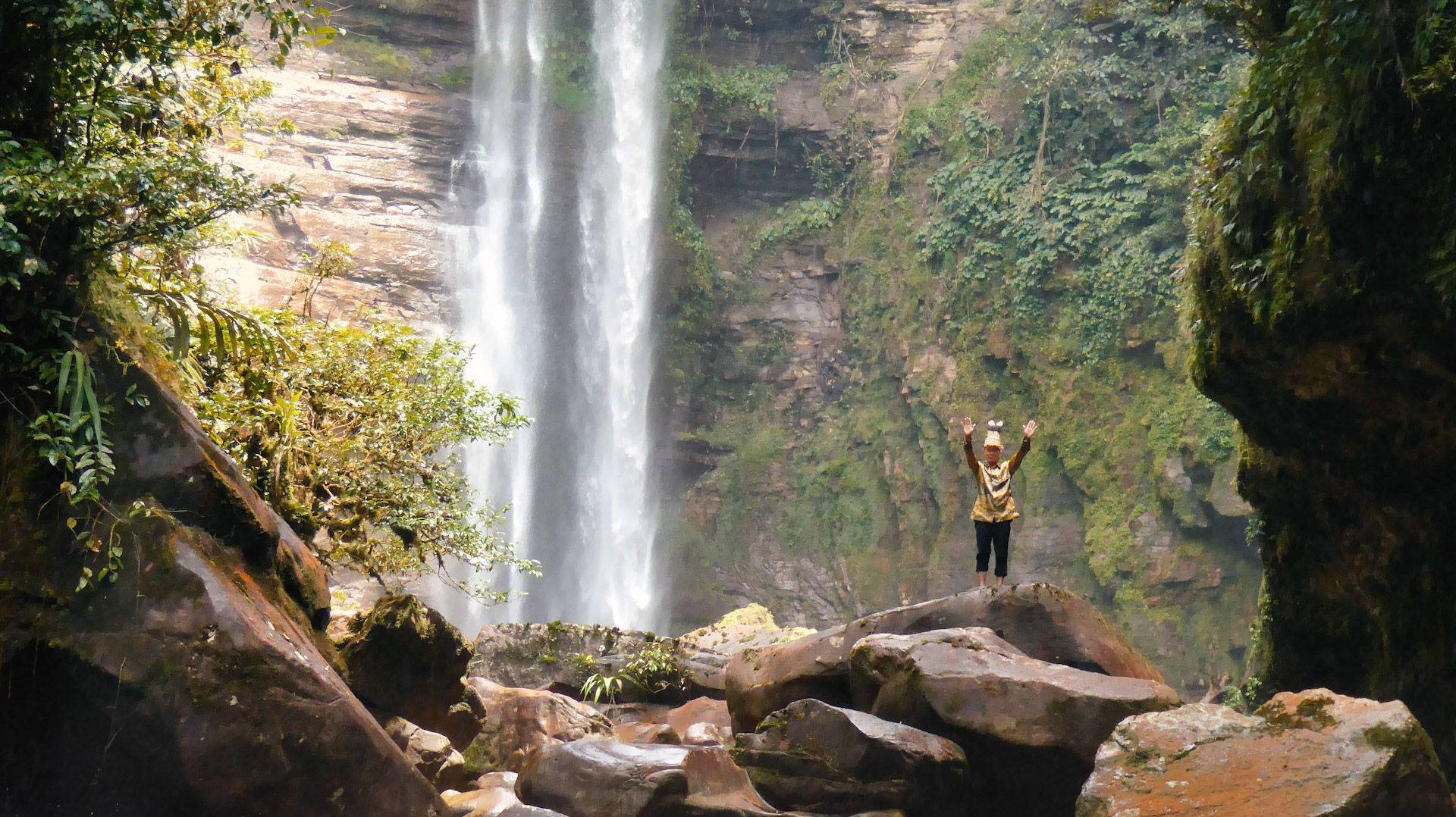
ICCAs and their Global Importance
ICCAs are territories and areas conserved by Indigenous Peoples and local communities or simply Territories of Life. When custodians of land and waters have an intrinsic link with their environment, their stewardship ensures the sustainability of resources. The International Union for the Conservation of Nature (IUCN) defines ICCAs as “…natural and modified ecosystems including significant biodiversity, ecological services, and cultural values voluntarily conserved by Indigenous Peoples and local communities through customary laws or other effective means….”[1]
ICCAs have three defining characteristics:
1
There is a close and deep connection between a territory or area and an Indigenous People or local community. This relationship is generally embedded in history, social and cultural identity, spirituality, and/or people’s reliance on the territory for their material and non-material well-being.
2
The custodian people or community makes and enforces decisions and rules (e.g., access and use) about the territory, area, or species’ habitat through a functioning governance institution.
3
The governance decisions and management efforts of the concerned people or community contribute to the conservation of nature (ecosystems, habitats, species, natural resources) and community wellbeing.[2]
ICCAs are very diverse and are called by different names depending on their custodian community. In Southeast Asia alone, they go by hundreds of names, such as Alas Mertajati for the Tamblingan in Indonesia, Faganoon Furuhayo for the Buhid Mangyan in the Philippines, and Kaw for the Karen in Myanmar. They encompass all areas Indigenous Peoples use to hunt, gather, herd, cultivate, and other activities that make up their traditional livelihood. They include cultural landscapes and seascapes, community-managed areas, indigenous or community-protected areas, sacred natural sites, migration routes, traditional harvest areas, and ancestral domains, among others.
Indigenous lands cover about 38 million km2, or about 25% of the world’s terrestrial surface. These areas overlap with about 40% of protected areas[3], and at least 36% of the world’s remaining intact forest landscapes. Many studies have affirmed that forests protected by Indigenous Peoples, whether de facto or de jure, are better conserved than those protected by governments, such as Protected Areas. Although Indigenous lands are also threatened by clearing and conversion, loss rates have been found to be considerably lower than in other lands.[4] Biologically important lands and waters in Indigenous Peoples’ lands remain intact because of their stewardship and traditional knowledge of conserving resources and adapting to natural disasters. In fact, it has been determined that Indigenous Peoples protect 80% of the world’s biodiversity.[5] This makes for a compelling argument that Indigenous Peoples’ rights to land, including governance over these lands, should be given high importance if we are to avoid biodiversity loss and further climate change.
“Indigenous Peoples’ rights to land, including governance over these lands, should be given high importance if we are to avoid biodiversity loss and further climate change.”
In the Indomalaya realm, where Southeast Asia belongs, a study found that less than 5% of forests are considered intact forest landscapes, and of this 5%, 87% are in Indigenous Peoples’ lands. This particular study found that this region is experiencing the most deforestation, but rates on Indigenous Peoples’ lands are far less at 16% than on other lands at 36%.[6]
ICCAs in Global Policies and Targets
The United Nations Declaration on the Rights of Indigenous Peoples (UNDRIP), ratified in 2007, has been the reference document for national policies and strategies for engagement with Indigenous Peoples. Although not legally binding, this declaration confirms the rights of Indigenous Peoples to self-determination, cultural identity, traditional knowledge, land, and resources, among others.[7]
In recognition of these rights, and given the biological and cultural importance of ICCAs, international bodies have recognized them and included them in global conservation targets and guidelines. ICCAs have been recognized as key contributors towards international conservation goals, such as the Aichi Biodiversity Targets of the Strategic Plan for Biodiversity 2011-2020, particularly Targets 11 (Protected areas increased and improved), 14 (Ecosystems and essential services safeguarded) and 18 (Traditional knowledge respected).[8] The Conference of Parties (COP) of the Convention on Biological Diversity (CBD) has recognized ICCAs as a key means to achieve Articles 8(j) on traditional knowledge, innovations, and practices and 10(c) on the use of biodiversity with a focus on customary sustainable use, and to implement the Programme of Work on Protected Areas (PoWPA), which mandates countries to involve Indigenous Peoples fully and to recognize their own conservation areas.
The International Union for the Conservation of Nature (IUCN) first recognized ICCAs in 2012 and included them as a governance type for protected and conserved areas, considering them Other Effective Area-Based Conservation Measures (OECM). In 2018, the CBD COP officially recognized this in its Decision 14/8, defining OECMs as “a geographically defined area other than a Protected Area, which is governed and managed in ways that achieve positive and sustained long-term outcomes for the in situ conservation of biodiversity, with associated ecosystem functions and services and where applicable, cultural, spiritual, socio–economic, and other locally relevant values.”[9]
Guidance on recognition of ICCAs in situations wherein they overlap with government Protected Areas has been issued by the IUCN, and human rights-based conservation is being pushed in the draft of the CBD’s Post-2020 Global Biodiversity Framework.
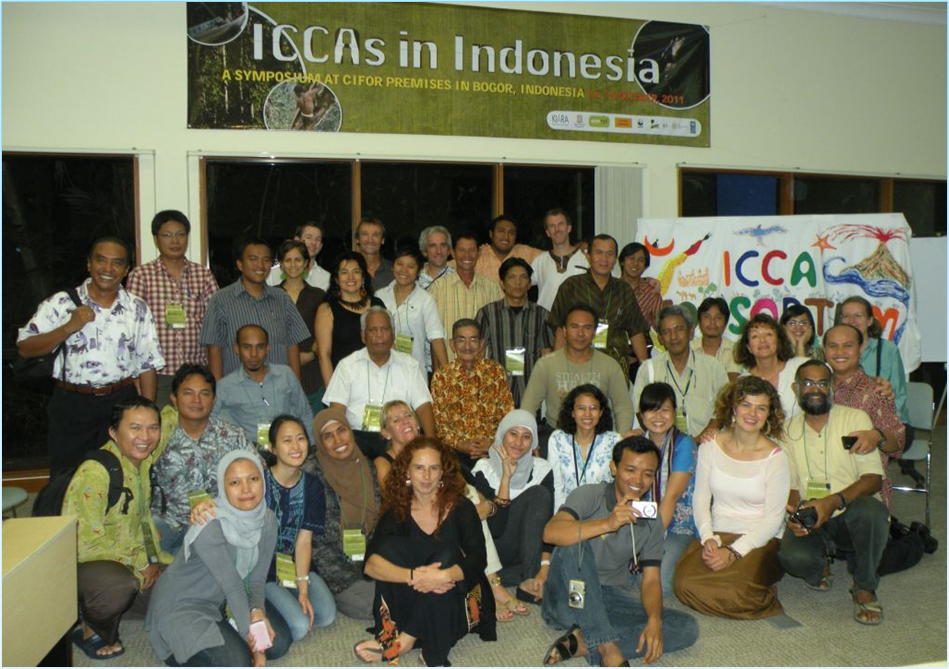
The Movers Behind the Movement
The ICCA Consortium is a global network of Indigenous Peoples’ organizations, non-government organizations, and individuals who support ICCAs – Territories of Life – and promote their appropriate recognition. It is a membership-based movement found in all continents that has supported numerous communities in their self-strengthening process and made the world aware of emblematic ICCAs. It has pushed for international and national policies to recognize the conservation value of Indigenous Peoples’ governance over their territories.
The network in Southeast Asia started as an offshoot of a 2011 symposium on ICCAs in Indonesia, which continued to other countries in the region until the Southeast Asia Regional Learning Network was formed in 2015 and formalized into the ICCA Consortium Southeast Asia in 2018. Starting as a loose network of organizations and individuals facilitating community dialogues and cross-visits, sharing skills through peer-to-peer capacity-building initiatives, and lobbying for policy changes with their respective governments, it has become a structured regional assembly with 18 members, 48 honorary members, a council and a seat in the global assembly. Each country has its own network of members and partners, including the Philippine ICCA Working Group, ICCA NEWS in Myanmar, Working Group on ICCAs in Indonesia (WGII), My ICCA in Malaysia, and Vietnam OECM Network.
[1] International Union for the Conservation of Nature World Conservation Congress. (2004). Resolution 3.049 Community Conserved Areas. International Union for the Conservation of Nature.
[2] Borrini-Feyerabend, G., Dudley, N., Jaeger, T., Lassen, B., Pathak-Broome, N., Phillips, A., & Sandwith, T. (2013). Governance of Protected Areas: From understanding to action. International Union for the Conservation of Nature.
[3] Garnett, S.T., Burgess, N.D., Fa, J.E., Fernandez-Llamazares, A., Molnar, Z., Robinson, C.J., Watson, J.E.M., Zander, K.K., Austin, B., Brondizio, E.S., Collier, N.F., Duncan, T., Ellis, E., Geyle, H., Jackson, M.V., Jonas, H., Malmer, P., McGowan, B., Sivongxay, A., & Leiper, I. (2018). A spatial overview of the global importance of Indigenous lands for conservation. Nature Sustainability 1,369–374. https://doi.org/10.1038/s41893-018-0100-6
[4] Fa, J.E., Watson, J.E.M., Leiper, I., Potapov, P., Evans, T.D., Burgess, N.D., Molnar, Z, Fernandez-Llamazares, A., Duncan, T., Wang, S., Austin, B.J., Jonas, H., Robinson, C.J., Malmer, P., Zander, K.K., Jackson, M.V., Ellis, E., Brondizio, E., & Garnett, S.T. (2020). Importance of Indigenous Peoples’ lands for the conservation of Intact Forest Landscapes. Frontiers in Ecology and the Environment, 18(3): 135-140. doi: 10.1002/fee.2148
[5] Inspection Panel. (2016). Indigenous peoples. World Bank.
[6] Inspection Panel. (2016). Indigenous peoples. World Bank.
[7] United Nations General Assembly. (2007) Declaration on the Rights of Indigenous Peoples.
[8] Kothari, A. & Neumann, A. (2014). ICCAs and Aichi targets: The contribution of Indigenous Peoples’ and Local Community Conserved Territories and Areas to the Strategic Plan for Biodiversity 2011-2020. ICCA Consortium, Kalpavriksh, CBD Secretariat, CBD Alliance and Cenesta.
[9] Convention on Biological Diversity. (2018). Decision 14/8: Protected areas and other effective area-based conservation measures.
